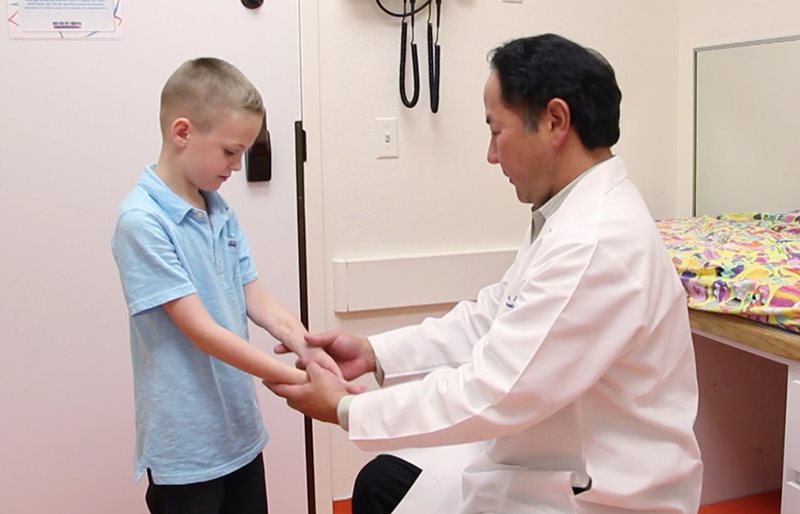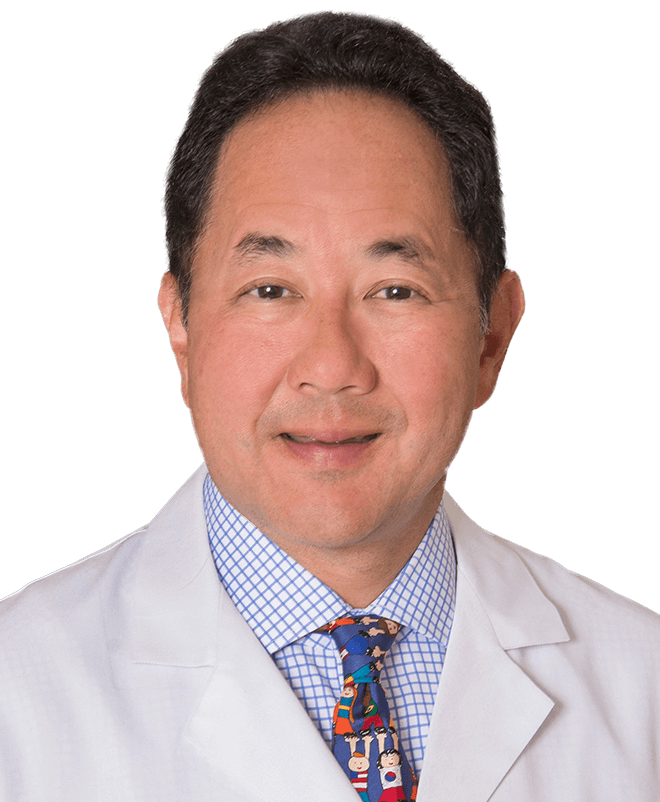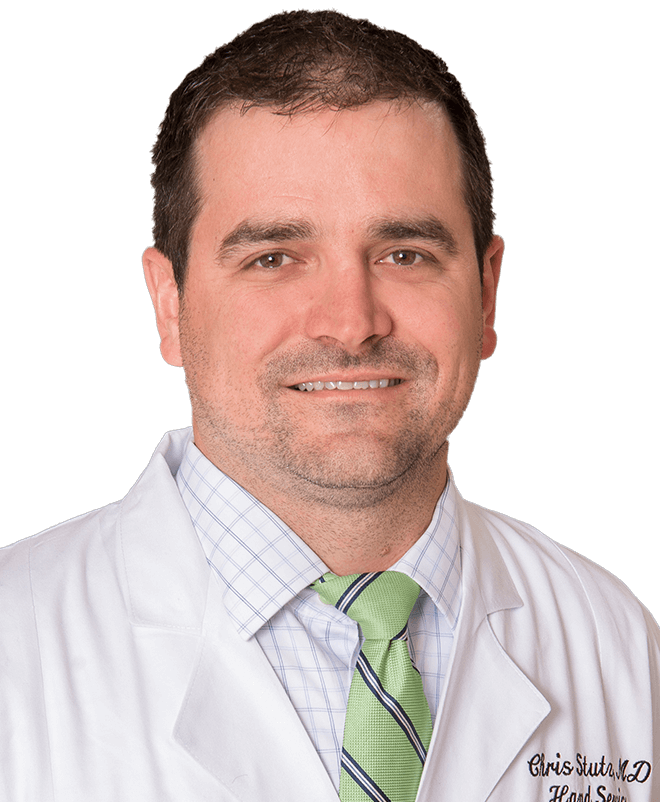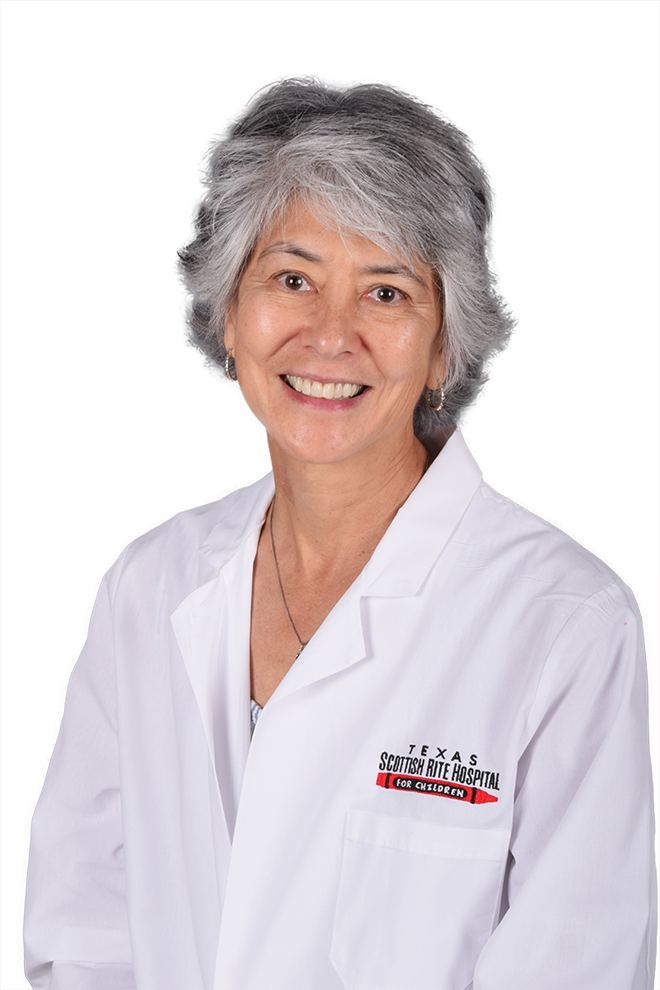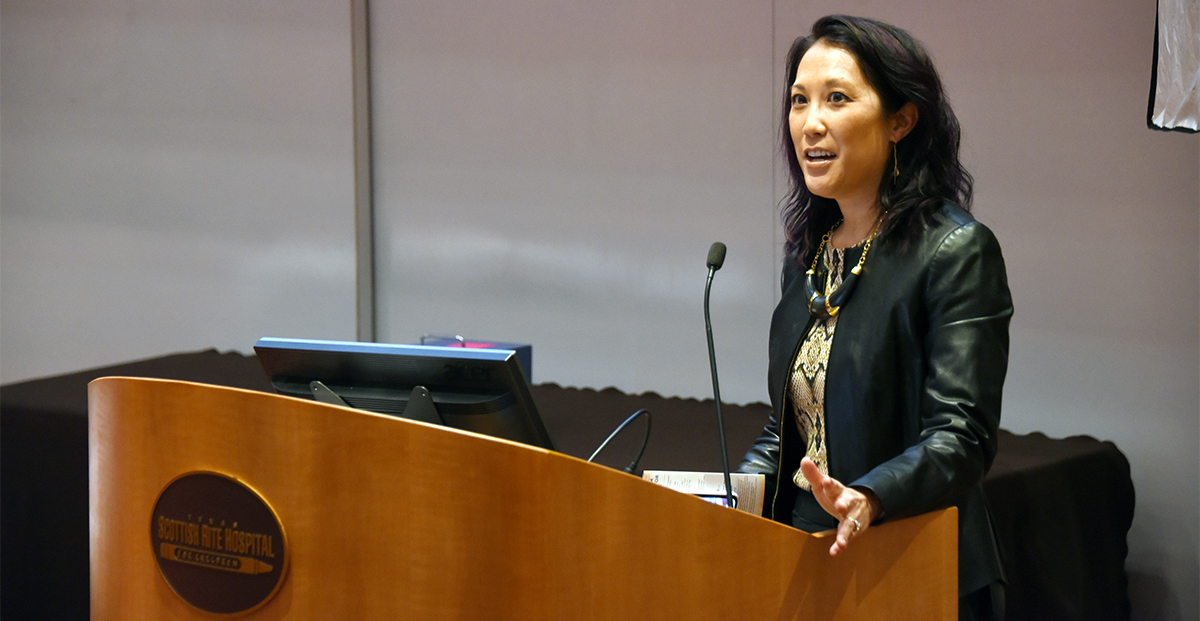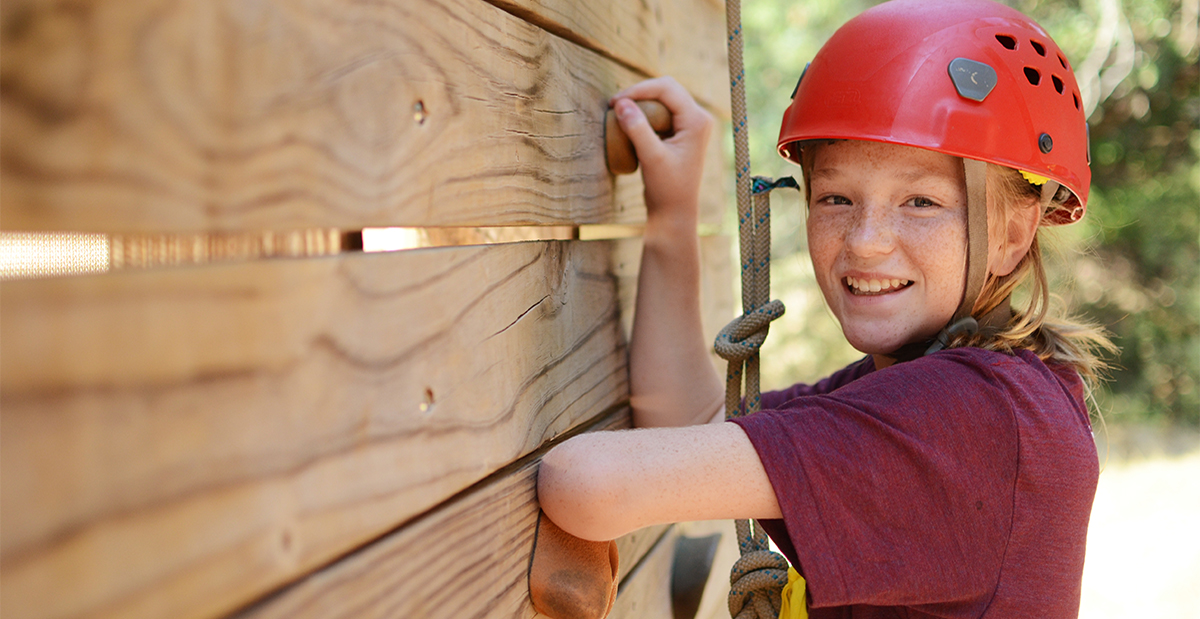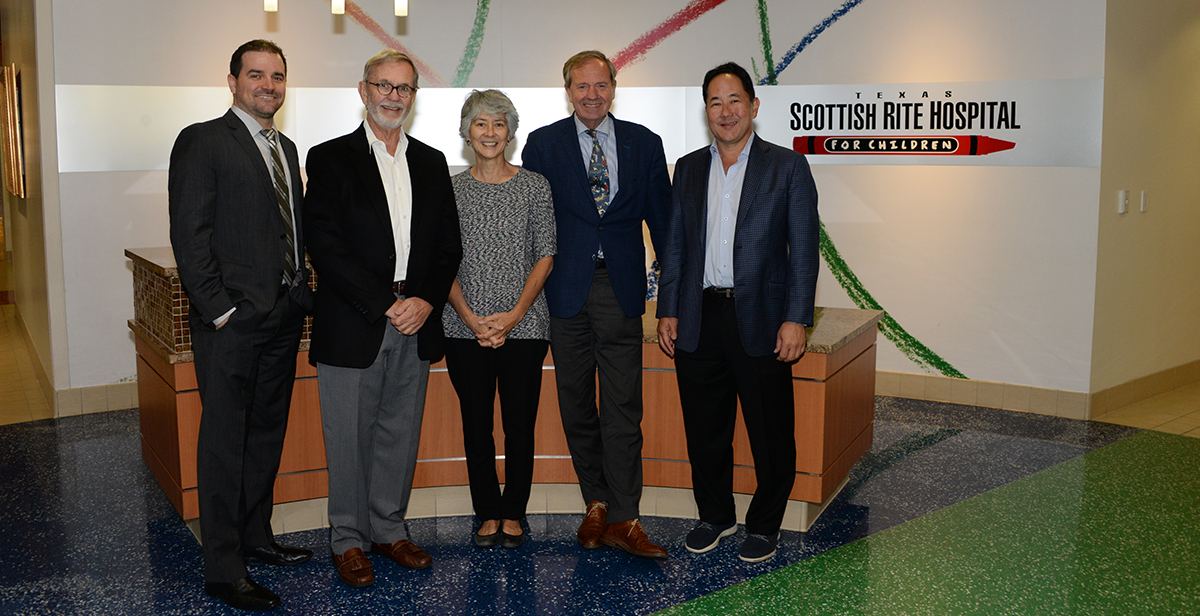Hand Research
CENTER FOR EXCELLENCE IN HAND
Scottish Rite for Children was the first pediatric orthopedic centers in the United States to employ full-time hand surgeons. Scottish Rite has treated thousands of patients with hand and upper limb conditions and is a leader in training hand surgeons from around the world.
The Charles E. Seay, Jr. Center for Excellence in Hand provides specialized care for children born with congenital upper limb anomalies through quality patient care, education and research. In addition, it provides care for children with acquired problems of the hand and upper limb.
The hand center staff is dedicated to the well-being of the child, both physically and emotionally. In addition, there are organized support groups that are available to families to help cope with issues that can commonly arise as the child goes through their development. (The physicians deliver care in a compassionate, reassuring environment, considering the needs of the child and family as a whole.) Our goal is to help children with congenital hand anomalies become active, happy, productive and independent adults.
The Charles E. Seay, Jr. Center for Excellence in Hand provides specialized care for children born with congenital upper limb anomalies through quality patient care, education and research. In addition, it provides care for children with acquired problems of the hand and upper limb.
The hand center staff is dedicated to the well-being of the child, both physically and emotionally. In addition, there are organized support groups that are available to families to help cope with issues that can commonly arise as the child goes through their development. (The physicians deliver care in a compassionate, reassuring environment, considering the needs of the child and family as a whole.) Our goal is to help children with congenital hand anomalies become active, happy, productive and independent adults.
